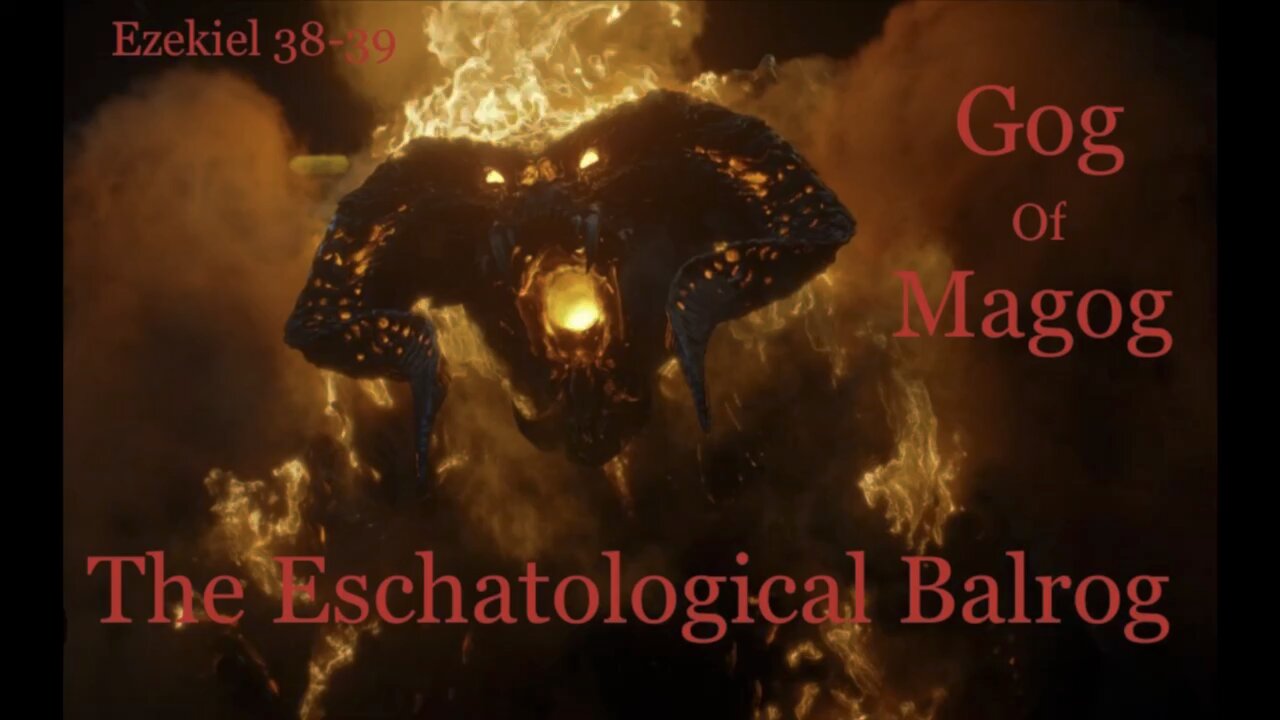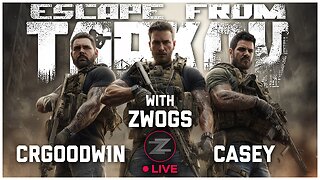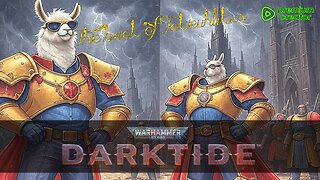Premium Only Content

Gog of Magog - The Eschatological Balrog | Ezekiel 38-39 Part I | Tolkien's Monsters
#prophecy #monsters #tolkien
In Part One of our study of Ezekiel 38-39, we will explore the background of Gog of Magog.
Many have sought to identify the entity known as Gog in Ezekiel 38&39. Attempts to identify Gog historically have failed. This is because, in the words of Stephen L. Cook, Gog is “physically real but of mythological,…fantastic, and archetypal proportions...Ezekiel 38-39 describes earthly reality invaded by the chaos monster Gog, with whom God grapples with hooks in the jaws. Across mythologies, half-imagined denizens of darkness wriggle away their lives in such crevasses as Gog’s cavern, deep in the roots of mount Zaphon. Thus, JRR Tolkien’s Balrog dwells deep in the mines of Moria…Consider Gog of Magog. A Balrog eschatologized, he is at once both mythic and realistic. When a visionary’s eye sees a Balrog archetype appear incarnate within terrestrial reality as Gog, a proto-apocalyptic revelation has occurred. Certainly Revelation, a full blown apocalypse, had no doubt that Gog was an end time fiend…an end time monster.”
I am looking forward to analyzing these statements by Professor Cook in depth. His commentary is what inspired me to take on Ezekiel 38-39 in depth.
We will also need to have an accurate understanding of the terms "mythology" and "apocalyptic literature” as we proceed through Ezekiel.
What is the definition of mythology? Myth is defined as: a traditional story, especially one concerning the early history of a people or explaining some natural or social phenomenon, and typically involving supernatural beings or events. Myth can be true.
What is Apocalyptic Literature? Apocalyptic literature transcends space and time. It contains cosmic visions, often described in terms of war between light and darkness. There is no peace or coexistence between the supernatural forces of light and the supernatural forces of darkness and rebellion. Ezekiel 38-39 is an early form of Jewish apocalyptic. Cook calls these chapters Proto-apocalyptic. Revelation is perhaps the most well known example of Jewish apocalyptic literature. Joseph Blenkinsopp says Ezekiel 38-39 “can be seen as transitional between prophetic eschatology and the apocalyptic visions of Daniel and Revelation.”
Gog was a subject of fascination for the Jewish community just as he remains so for the Christian community. The Jewish community has had a lot to say about Gog over the centuries. The Targums, Septuagint, and Sameritan Pentateuch all mention Gog in places the Masoretic Text does not. These differences will be important in our study of Ezekiel 38-39.
We will also look at some of the mythology of J.R.R. Tolkien, specifically the Balrog. How is this revelant to Gog and Biblical prophecy? Join us to find out!!
Select Sources:
Blenkinsopp, Joseph. Ezekiel. Interpretation Commentary. John Knox, 1990
Cook, Stephen L. Ezekiel 38-48: A New Translation with Introduction and Commentary. Anchor Yale Bible 22B. Yale, 2018
Eichrodt, Walter. Ezekiel. OTL. Westminster, 1970
Heiser, Michael S. Ezekiel 38-39 Part 1, Episode 152. Naked Bible Podcast Transcript. April 1, 2017. https://nakedbiblepodcast.com/wp-content/uploads/2017/04/NB-152-Transcript.pdf
Heiser, Michael S. Ezekiel 38-39 Part 2, Episode 153. Naked Bible Podcast Transcript. April 8, 2017. https://nakedbiblepodcast.com/wp-content/uploads/2017/04/NB-153-Transcript.pdf
Holy Bible. NLT. Filament Edition. Tyndale. 2022
van der Toorn, Karel, Bob Becking, and Pieter W. van der Horst eds. Dictionary of Deities and Demons in the Bible. Brill, 1995. Second edition, 1998
Zimmerli, Walther. Ezekiel 25–48. Hermeneia. Fortress, 1983
Please like, share, and subscribe to help the channel grow.
Thank you and God Bless!
-
 1:15:29
1:15:29
Flyover Conservatives
1 day agoFrom Cool to Cringe: How Democrats Lost America’s Ear | FOC Show
32.4K10 -
 8:19
8:19
MattMorseTV
10 hours ago $4.41 earnedTrump is ACTUALLY DOING IT.
28.9K33 -
 11:30:43
11:30:43
ZWOGs
12 hours ago🔴LIVE IN 1440p! - Tarkov w/ Casey & crgoodw1n, Kingdom Come Deliverance, & More - Come Hang Out!
26.4K5 -
 2:30:56
2:30:56
We Like Shooting
16 hours ago $1.77 earnedWe Like Shooting 625 (Gun Podcast)
19.9K1 -
 1:45:02
1:45:02
Glenn Greenwald
7 hours agoIsrael Slaughters More Journalists, Hiding War Crimes; Trump's Unconstitutional Flag Burning Ban; Glenn Takes Your Questions | SYSTEM UPDATE #504
125K164 -
 1:29:31
1:29:31
Killerperk
4 hours ago $0.74 earnedRoad to BF6. Come hang out #regiment #bf6
26.2K2 -
 4:35:45
4:35:45
Jokeuhl Gaming and Chat
5 hours agoDARKTIDE - Warhammer 40k w/ Nubes Bloobs and AoA
18.4K1 -
 LIVE
LIVE
Cripiechuccles
6 hours ago😁💚💙MOTA MONDAY WITH CRIPIE💚💙 👌SMOKING, GAMING & WATCHING FLICKS!:😁
50 watching -
 36:11
36:11
Stephen Gardner
4 hours ago🔥'Burn ALL TRUMP FLAGS’ says Tim Walz + Democrat CAUGHT rigging own election!
23.1K15 -
 10:10
10:10
robbijan
1 day agoHollywood’s Hidden Messages: Predictive Programming & What’s Next
17.3K18